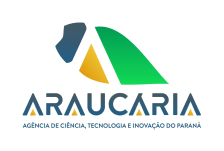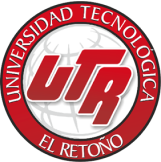Related projects
Discover more projects across a range of sectors and discipline — from AI to cleantech to social innovation.
Water and sewer research centers have developed protocols to examine and grade assets and infrastructure already in use. These protocols are widely accepted across the world and municipalities have been using them for assessing their pipeline conditions, which is the foundation of pipeline rehabilitation projects and a key factor for their success. The Water Research Centre in UK has developed a protocol called WRc, and the National Association for Sewer Service Companies used the same protocol to develop an American version of it, which is called PACP. Both – and particularly the latter – are the main protocols used to code pipeline defects and to grade them for rehabilitation decision making in most major cities in Canada. The City of Edmonton developed its own protocol called SPCCM in 1996, requiring its contractors to learn another protocol in addition to the two aforementioned standards. The same contractors are doing many projects for other clients using the PACP or the WRc protocols on a daily basis. The major aim of this study is to address the needs for a unified, national asset condition assessment protocol in Canada, by comparing PACP which is used in many Canadian cities and SPCCM, and by providing advantages and disadvantages of each system from the owner’s and contractors’ points of view. The anticipated results of this research include optimization and increased overall efficiency, while reducing project costs.
Dr. Alireza Bayat
Soroush KhazraeiAlizadeh
IVIS Inc
Engineering - civil
Construction and infrastructure
University of Alberta
Accelerate
Discover more projects across a range of sectors and discipline — from AI to cleantech to social innovation.
Find the perfect opportunity to put your academic skills and knowledge into practice!
Find ProjectsThe strong support from governments across Canada, international partners, universities, colleges, companies, and community organizations has enabled Mitacs to focus on the core idea that talent and partnerships power innovation — and innovation creates a better future.
























































































































































































































































































































